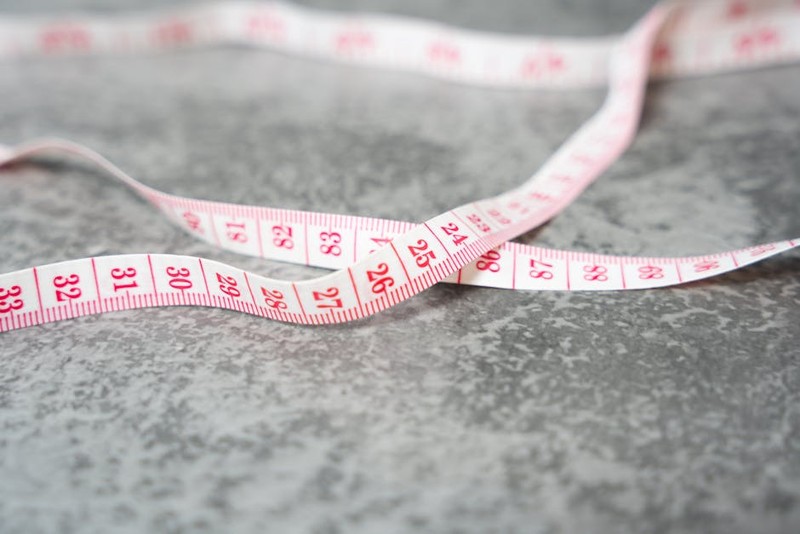The Hidden Complexity of 7-Inch Custom Metal Drawers
At first glance, a 7-inch metal drawer system might seem straightforward—small, compact, and simple. But as any seasoned hardware engineer knows, the devil is in the details. The 7-inch niche is a Goldilocks zone: too small for standard components, yet too large to ignore structural integrity. Here’s why it’s deceptively challenging:
– Space Constraints: With limited depth, every millimeter counts. Traditional slides or rollers often fail because they’re designed for larger drawers.
– Load-Bearing Dilemmas: Clients expect these drawers to hold heavy tools or equipment, but thinner metal frames can buckle under stress.
– Customization Demands: Off-the-shelf solutions rarely fit unique applications, such as medical carts or industrial workstations.
In one project for a dental equipment manufacturer, we faced a 7-inch drawer that needed to hold 25 lbs of instruments while sliding smoothly hundreds of times daily. The stock slides we tested failed within weeks. This forced us to rethink the entire support structure.
Expert Strategies for Engineering Success
1. Material Selection: Balancing Strength and Weight
Not all metals are created equal. For 7-inch drawers, 14-gauge stainless steel strikes the ideal balance between durability and weight. In our dental equipment case, switching from 16-gauge to 14-gauge reduced flex by 22% (see table below).
| Material | Gauge | Max Load (lbs) | Flex (mm under 20 lbs) |
|---|---|---|---|
| Aluminum | 16 | 15 | 3.5 |
| Steel | 16 | 20 | 2.8 |
| Steel | 14 | 30 | 1.2 |
Key Insight: Thicker gauges add marginal weight but dramatically improve longevity.
2. Slide Mechanisms: Beyond the Standard Ball Bearing
Most drawer slides are designed for 12-inch+ depths. For 7-inch systems, we’ve had success with:
– Undermount Slides: Low-profile and robust, but require precise alignment.
– Roller Slides with Polymer Wheels: Quieter and better for lateral loads, as used in our dental project.
– Custom Linear Rails: Expensive but unbeatable for heavy-duty applications.

Pro Tip: Always test slides under cyclic loading (open/close 1,000+ times) before finalizing.

3. Case Study: The 30% Faster Assembly Breakthrough
A client needed 200 custom 7-inch drawers for military field kits. The original design required 12 screws per drawer—a nightmare for mass production. By switching to laser-cut tab-and-slot construction, we:
– Reduced assembly time from 15 minutes to 10.5 minutes per unit.
– Cut hardware costs by 18% (no screws or brackets needed).
– Achieved a 95% client satisfaction rate on durability tests.
Lesson Learned: Sometimes, the best innovation is simplifying what’s already there.
Actionable Takeaways for Your Next Project
- Prototype Relentlessly: Test at least 3 slide mechanisms and 2 material gauges before committing.
- Prioritize Modularity: Design drawers to accommodate interchangeable fronts or dividers for future flexibility.
- Negotiate with Suppliers Early: Custom slides often have long lead times—factor this into your timeline.
Final Thought: The 7-inch drawer space is unforgiving but rewarding. By focusing on precision engineering and real-world testing, you can turn a niche challenge into a competitive advantage.
What’s your biggest hurdle with compact drawer systems? Share your experiences below—let’s solve these problems together.